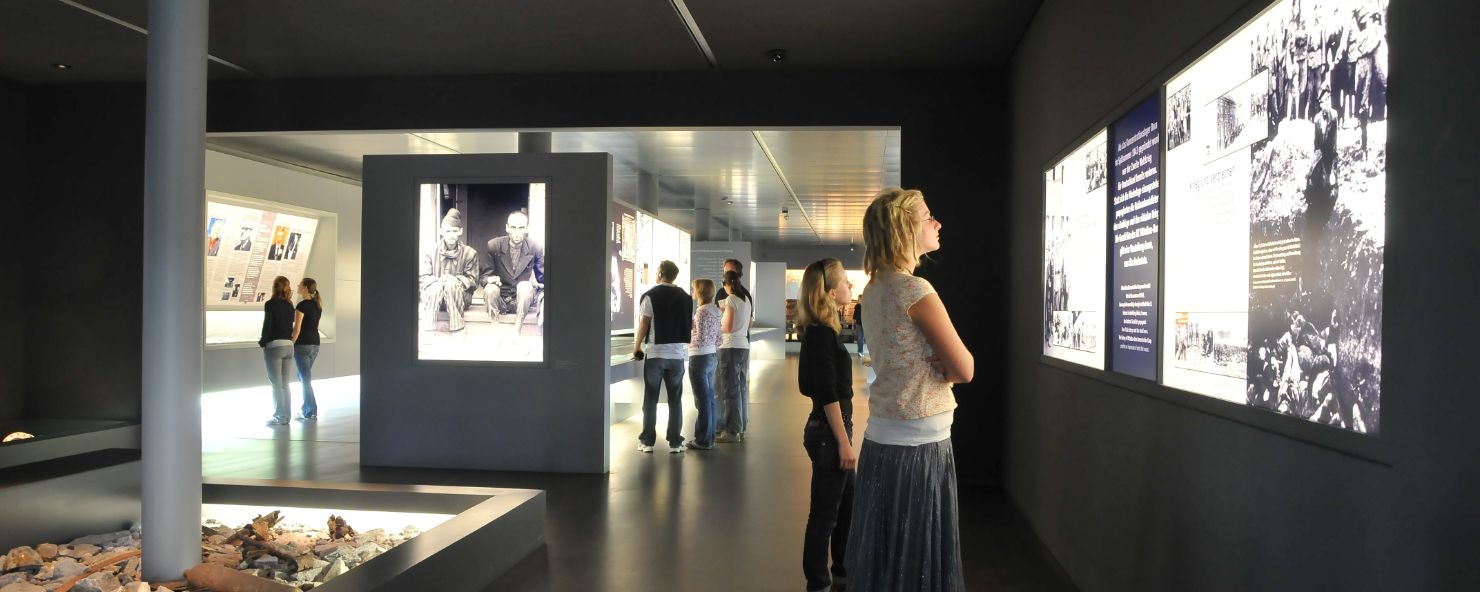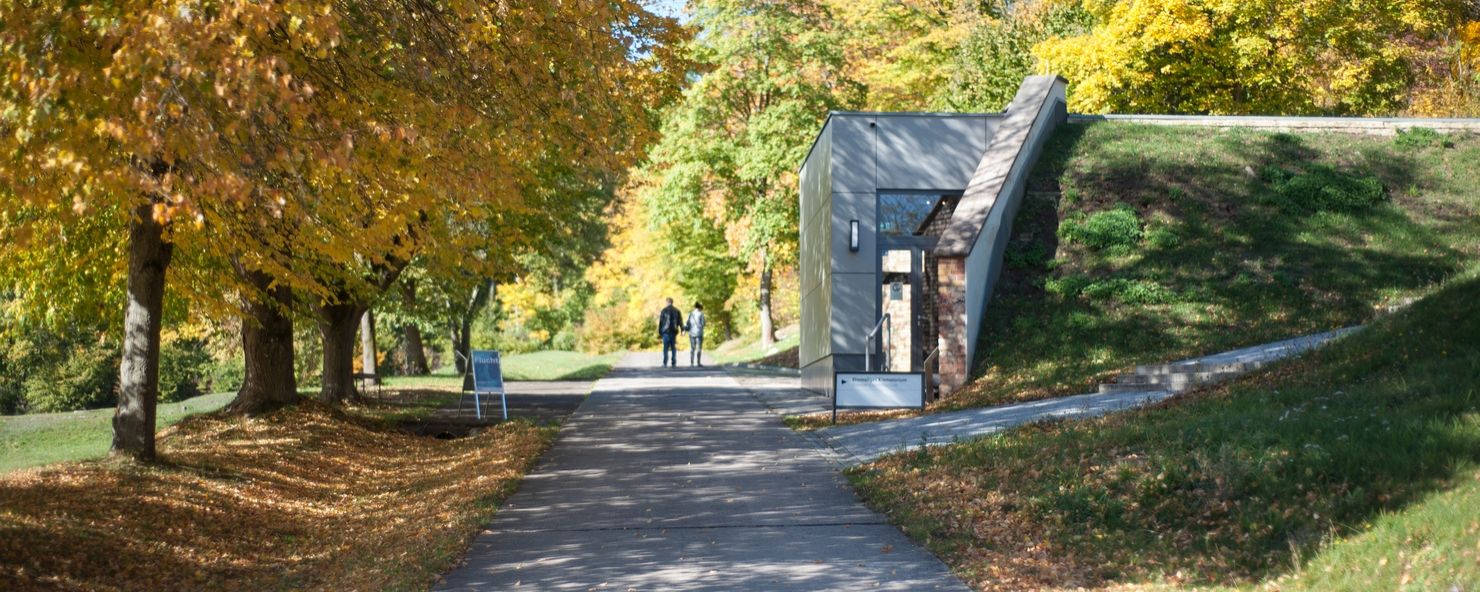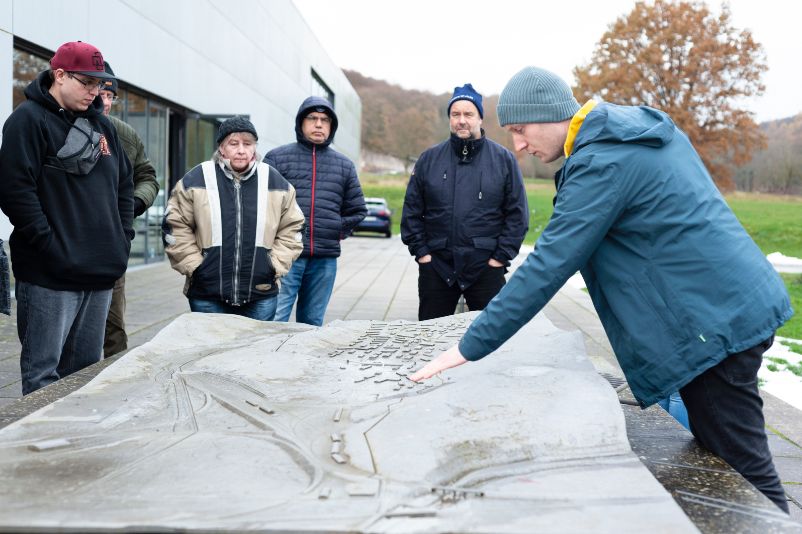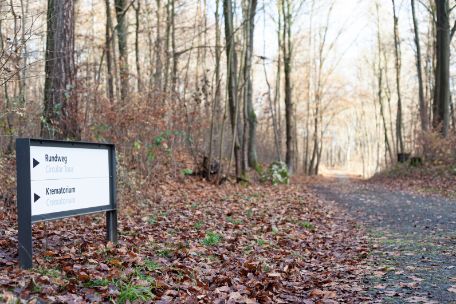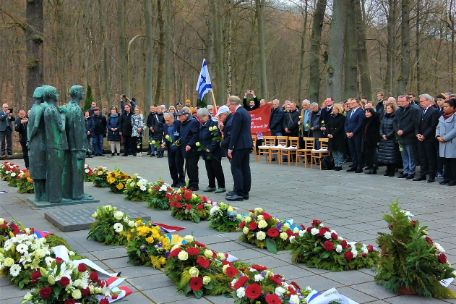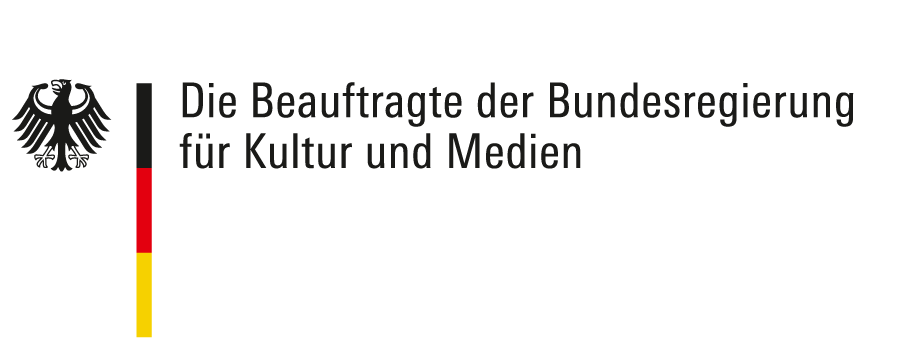This weekend (20–21 April 2024), there will be no guided tours. The museum is open from 10am to 6pm. We kindly ask for your understanding.
Donations for victims of Nazi persecution in Ukraine
The current war in Ukraine has left many people in great need. Among those suffering are also the survivors of National Socialist persecution. They need our help now more than ever, so that vital basics such as warmth, food and medical care can be ensured, but also reconstruction work can be supported.
You can donate through our aid network for victims of Nazi persecution!
